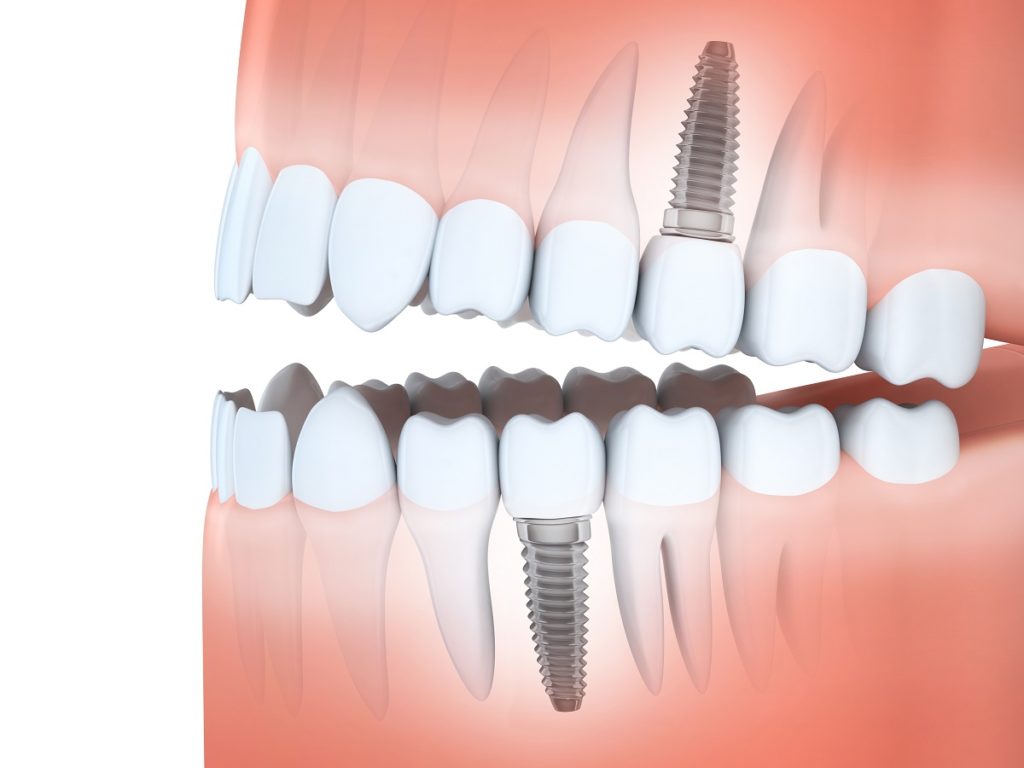Many people suffer from asymmetrical jaws, which cause a host of problems in the long run and can be painful in daily life. Many different things can cause this, including malocclusion or misaligned teeth, injuries, and temporomandibular joint (TMJ) disorders. Each case is different, and it has its own difficulties, but thankfully, there are solutions to remedy the problem. Here are some of the available fixes to help uneven jaws.
Ortho appliances
State-of-the-art ortho appliances are used to correct several issues from a person’s bite to their jaw. These can be vital in the process of remedying any problems, especially if they have been long-standing and formed over time.
While it may vary from case to case and will depend on your dentist’s assessment of the root cause of your uneven jaw, what is commonly used is arch development appliances. This category has many things under it, like expanders or plates, but their primary function is to help with developing arch width and length. This is crucial when realigning a jaw and correcting bites.
Good manufacturers even have a wide array of acrylic designs and finishes to make it more attractive for patients to use and get comfortable with. This allows some personalization without sacrificing quality and function.
Treatment
Some dentists prefer to use other methods for those who have minor misalignment and simply feel self-conscious about the aesthetic aspects of this. For this, there are non-invasive procedures that involve therapeutic exercises to help the jaw muscles. They are combined with technology similar to those for aesthetic lifting to create a more balanced structure to the facial features.
This method is quite effective for those who are more concerned with the visual aspect and don’t have further underlying issues that need to be corrected. It can also improve the comfort level of a patient but may not be the way to go for more intensive cases that are causing significant pain.
Surgery

Often done in combination with braces, the exact type of surgery will again depend on the problem causing the jaw to be asymmetrical. This is an important procedure to take, especially if a case is at a point where the patient is having difficulties chewing and speaking.
These issues can worsen over time if left untreated, so more severe and complicated cases would indeed require surgical intervention. This option also comes with its own set of risks. It would be vital to discuss these with an orthodontist and weigh the risk over the benefit properly to figure out if this is the best course of action.
A quarter of the United States population suffers from asymmetrical jaws, which means there are millions of people who have to feel discomfort in their daily lives. With these solutions, the problem can be fixed, and quality of life can be vastly improved. As long as you reach out to a dentist you trust and ask them about your options, you’re sure to find the way that suits your needs and resources.




